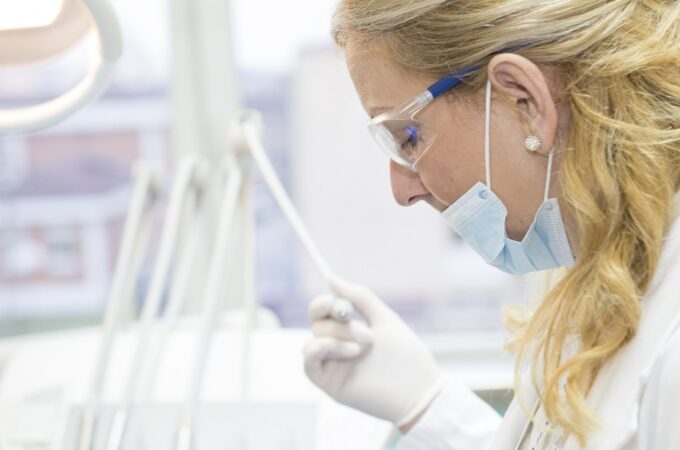
Types of Moles that Increase Risk of Melanoma
Moles are one of the most common occurrences in New York cosmetic Dermatology. Cosmetic dermatology involves the removal of moles from the skin. Not all moles are created equal despite almost all adults having a mole. The most prevalent type of mole is the common mole which has no adverse effects other than a foul appearance.
A dermatologist will often tell you if a spot is a mole just by looking at it. Most common moles do not require any sort of treatment whatsoever. However, there are other types of moles. Some types of moles put you at risk of getting melanoma, the worst type of skin cancer as we will see below.
Atypical Moles

An atypical mole can look like melanoma, though it may not exactly be melanoma. On the other hand, melanoma may be growing inside of it even though it does not look like it. You are at a higher risk of getting melanoma if you have four or more atypical moles. A person with atypical moles should always watch their moles for changes which may be the symptoms of melanoma.
You will often hear your dermatologist describe atypical moles as nevi. They are usually oddly shaped so the mole cannot be atypical. They are also larger than regular moles and may grow to be the size of a pencil eraser. Another characteristic of atypical moles is that they have a different color. The color may be brown or red.
Though atypical moles can appear anywhere on the body, they tend to appear on the torso. They rarely appear on the face, but you will often spot them on the neck or scalp. People with a medical condition known as familial atypical multiple mole-melanoma (FAMMM) syndrome usually have numerous atypical moles.
Congenital Mole

Congenital moles are moles that people are born with. About 1% of all humans are born with a mole. The size of the moles may vary from minuscule to enormous. A congenital mole substantially increases the chances of someone getting melanoma.
The main reason why they put people at greater risk of melanoma is that cancerous cells can easily grow inside of them while the bearer thinks that the mole is just growing in size. That is why it is crucial to check for mole size changes. People with congenital moles should visit a dermatologist regularly for skin cancer screenings.
Spitz Nevus
There is a type of mole known as a Spitz Nevus that looks eerily similar to melanoma. It looks so similar that a dermatologist may miss it while looking at it.
Spitz Nevus moles have special features. They are usually pink in color, tend to be raised well above the skin and acquire a dome shape.
However, the mole can sometimes take different colors. This type of mole is usually on people that are less than 20 years old but it can
appear in adults.
Acquired Moles
An acquired mole is a mole that a person is not born with. People with light skin are at the highest risk of getting acquired moles. When an individual has 50 or more acquired moles, they are at a higher risk of getting melanoma.




